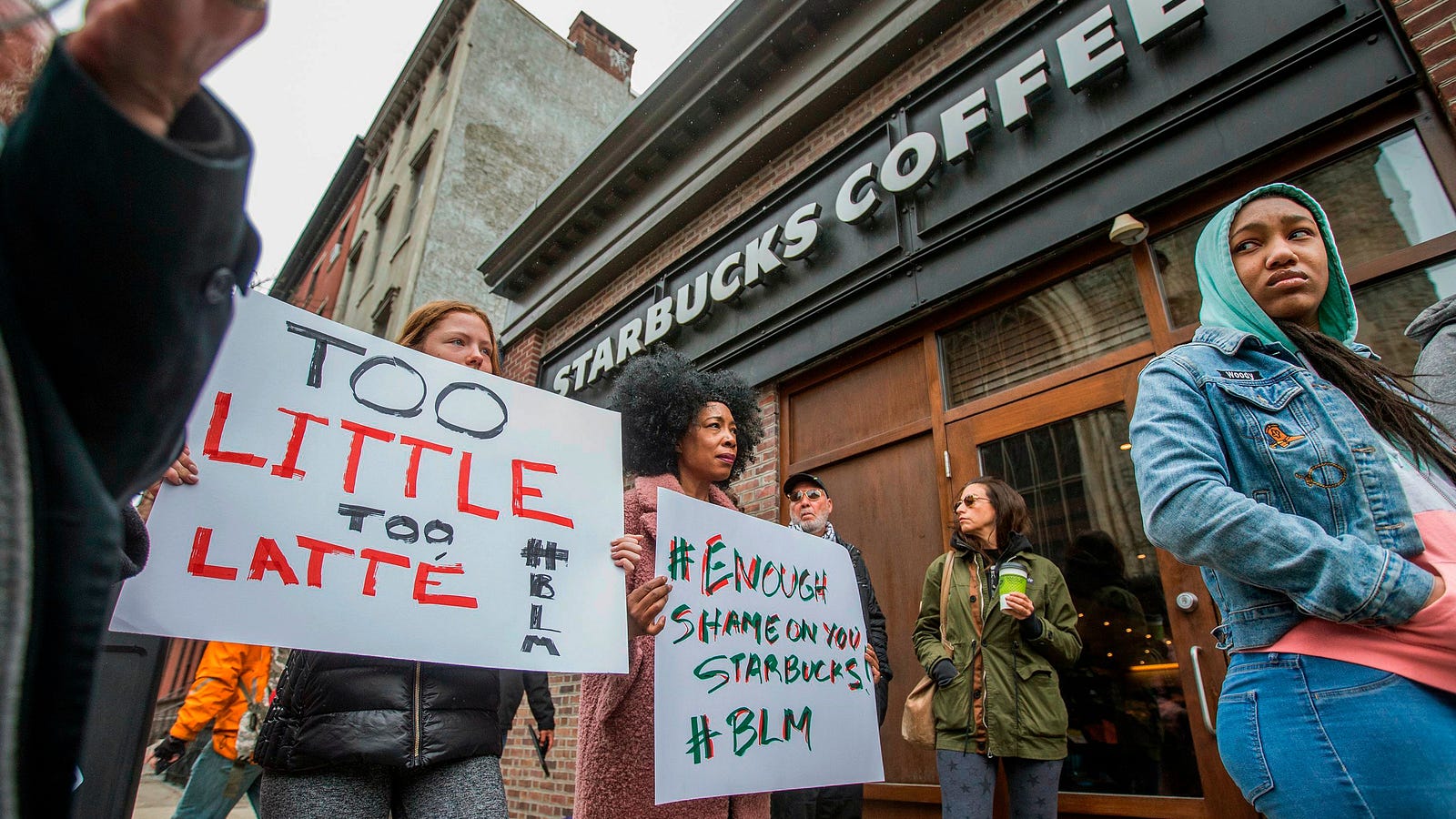ARVR Journey: Augmented & Virtual Reality
Training Against Bias with VR


Recent events in Philadelphia show why Starbucks should use immersive technologies like Virtual Reality to train employees on empathy skills.
On Thursday April 12, 2018 two black men were arrested in a Philadelphia Starbucks while waiting for a colleague. Starbucks CEO Kevin Johnson issued an immediate apology, met and apologized to the two men, and announced that all U.S. Starbucks will be closed on the afternoon of May 29, 2018 for racial-bias education for its employees.
Starbucks should be praised for strongly condemning this action and for embracing the need for implicit (racial) bias training. From a science of learning perspective, however, the crucial question that arises is this:
“What can be learned in a half-day and will that training be effective in changing the workplace culture and employee’s behavior in the long-term?”
I have spent the last 30 years studying the psychological and brain science of learning. I have shown that people skills, such as embracing diversity, effective interpersonal interactions, and checking unconscious (racial) biases, are about behavior. They are about what we “do”, “how” we do it, and our “intent”. True behavior change occurs only when training engages the behavioral skills learning system in the brain. This system learns through incremental, dopamine-mediated changes in neural connections in the basal ganglia that drive behavior. Learning occurs when behavior is following in real-time, literally within 100s of milliseconds, by feedback that rewards correct behaviors and punishes incorrect behaviors. Behavior change can begin in a half-day of training, if delivered effectively, but the training must target the behavioral skills learning system.
Training that leads to true behavior change can be contrasted with training that recruits the cognitive skills learning system in the brain and the prefrontal cortex, in particular. This type of training focuses on knowing the definition of unconscious (racial) bias, knowing what constitutes appropriate and inappropriate behaviors and providing verbal guidance on what one should do. This system focuses on knowing the “what” whereas the behavioral skills learning system focuses on knowing “how”. The cognitive aspects of unconscious bias can be trained in a half-day.
Although knowing “what” to do and being able to identify it is important, this is not the same as knowing “how” to behave. I worry that Starbuck’s half-day training will focus more on the “what” and less on the “how” and will not target effective behavior change.
My hope is that training based on virtual reality will become embedded in the corporate world and will be available to employees essentially 24/7. This will allow true behavior change training and has the potential to revolutionize the workplace. The psychological and brain science suggests that two types of virtual reality offerings can be used to effectively train people skills.
First, passive observational VR can be utilized to allow one to “walk a mile in someone else’s shoes”. Although not the same as living a lifetime of racial bias, there is value in the empathy and emotional reaction to seeing oneself as someone else and experiencing some trauma. There is nothing quite like allowing a middle-aged, heterosexual, Caucasian male to live the life, even for a few minutes, of a transgender youth, an African American man, or a disabled child being harassed or disrespected, to help them understand the negativity associated with this experience. Although this involves passive, observational learning it targets emotional processing centers in the brain and helps the learner understand at a visceral level what it is like to be in a position of weakness, and to be the direct target of harassment, prejudice or bias. This type of experience leaves the learner poised for true behavior change.
Second, interactive VR can be used to train behavior in a safe and protected setting. Whether live actors or artificial intelligence drives the behavior of avatars, the idea is that learners can be placed in real-time interactive settings in which feedback rewards correct behaviors and punishes incorrect behaviors. The learner can be placed in situations in which they must interact with an individual who is poor in people skills so that they learn how to deal with situations like those, or they can be placed in situations in which their behavior is responded to in a negative manner. More importantly, the learner can be placed in a broad range of situations and scenarios that include small or large numbers of bystanders, a broad or narrow array of ethnicities and genders, etc. Broad-based training enhances generalization and transfer and trains the individual to be prepared for any situation.
I applaud Starbucks for taking the initiative to train their employees and I believe their CEO when he says that this is not about public relations but rather about real behavior change. My worry is that a half-day of training focused more on words, and less on actions will be ineffective. Further training will be needed to change behavior and virtual reality may hold that key.
For companies looking to get into Immersive technologies such as VR/AR/MR/XR our Virtual Reality Consultancy services offer guidance and support on how best to incorporate these into your brand strategy.


